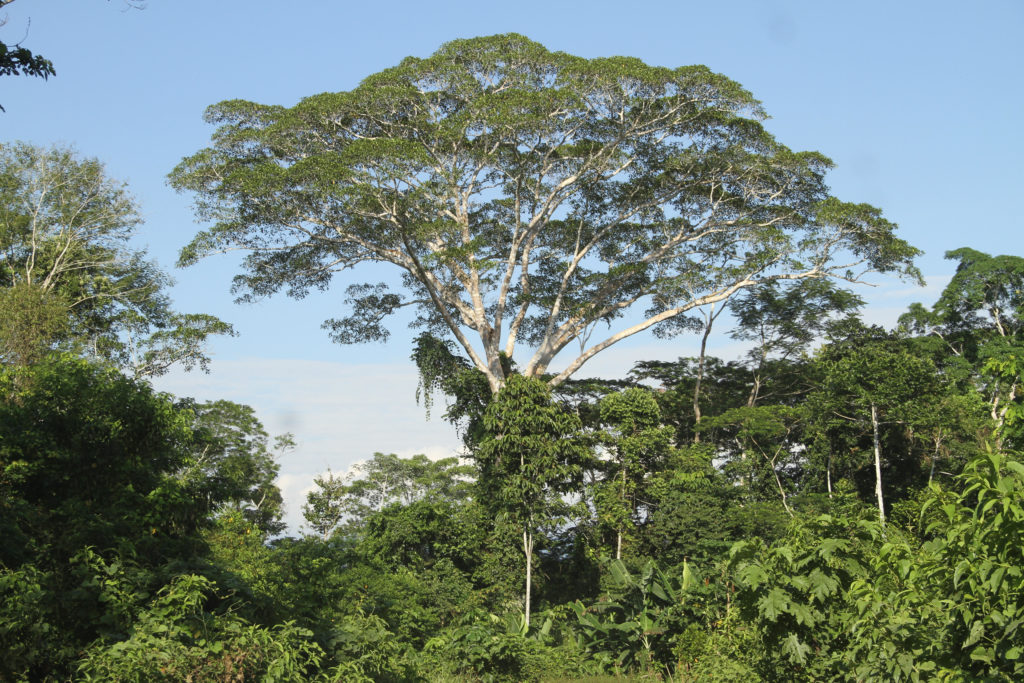In 2006, the United States and Peru signed the first bilateral trade agreement to recognize and seek to address the pervasive issue of illegal logging. Among other innovative provisions, the US-Peru Trade Promotion Agreement (TPA) included a forestry section that allows the US to detain questionable shipments of Peruvian timber and created an independent oversight body in Peru’s government to review compliance with forestry laws. It also included provisions to create an independent Secretariat for Submissions on Environmental Enforcement Matters (SEEM) to receive claims from individuals and organizations in the US and Peru that either country was failing to effectively enforce its national environmental laws.
In July 2018, the SEEM received its first two submissions, both of which claim Peru has failed to effectively enforce its environmental laws. The first is from Comité Interinstitucional para la Conservación y Turismo Lagunas Alto Perú y Anexos-cuenca Jequetepe related to wetlands. The other was submitted by FENAMAD, an indigenous federation from Madre de Dios, which contends that a law related to the construction of roads in the region of Ucayali was developed and implemented without applying mandatory environmental laws, particularly laws requiring consultation with local indigenous peoples prior to the start of a project.
As we near the tenth anniversary of the TPA’s entry into force, both countries have the opportunity to follow through on a commitment they made in 2015: the full functioning of the independent mechanism for the public to submit complaints about a country’s failure to enforce its environmental laws. The creation of the SEEM and the appointment of its first Executive Director in 2016 was a major step forward for the countries to be able to effectively and bilaterally advance environmental protection. In the coming weeks, we’ll wait to see what steps the SEEM can take towards effectively reviewing and responding to submissions, as provided in the treaty and the subsequent 2015 agreement.
What is the role of the SEEM?
When the governments of Peru or the US don’t enforce environmental laws, citizens of either country can now submit a complaint to the SEEM. As an independent body, the SEEM can further investigate these issues from outside either government. And its scope includes any environmental law on the country’s books, not just those specifically outlined in the trade agreement.
The SEEM is a tool for communities to pressure the two governments to protect fragile ecosystems, including the Peruvian Amazon, and effectively enforce their environmental laws.
How can I submit a complaint to the SEEM?
What are the requirements to submit a complaint?
Any person or organization residing in Peru or the US can file a complaint with the SEEM if he or she believes that either country has failed to enforce its own environmental laws. However, people residing in the US cannot make complaints about US environmental enforcement through the SEEM, as a mechanism already exists for such submissions through the North American Agreement on Environmental Cooperation.
In submitting a complaint, the most important things are to clearly state what law(s) the country is not effectively enforcing, share any existing communications with relevant authorities, and include any documentary evidence that supports your case. The submission should contain enough information for the Secretariat to adequately evaluate the concerns raised. In addition, the submission must be in English or Spanish and clearly identify who is submitting the complaint.
You can make a submission by mail or email to the Secretariat following the guidelines in Article 18.8 of the TPA. For the current contact information to submit a complaint, refer to the SEEM’s website: https://www.saca-seem.org/submissions.
Can complaints be anonymous?
To promote transparency, all submissions should be posted publicly on the SEEM website. However, if you would like to remain confidential, you can request that the SEEM not share your name and contact information publicly.
What happens after I submit a complaint?
The Secretariat will review the complaint to see if it merits a response from the government of Peru or the United States. You should receive a response within 45 days.
The SEEM may then choose to compile a factual record on the concerns raised in the complaint, objectively recording what has happened in relation to the claim that was submitted.
Though the SEEM does not have any independent enforcement abilities, it serves an essential role in increasing transparency and public participation in the environmental governance of the two countries. The Secretariat can offer independent analysis when individuals are concerned about specific cases where either country fails to implement its environmental laws, bringing about greater public awareness of these important issues and putting pressure on the governments to follow through on their commitments at home. Furthermore, if the SEEM produces a factual record, the Environmental Affairs “Council shall, as appropriate, provide recommendations to the Environmental Cooperation Commission,” which coordinates the work of the US and Peru on a broad range of environmental priorities.
By Melissa Blue Sky, Senior Attorney, and Marie Mekosh, Communications Associate
Originally posted on July 17, 2018

